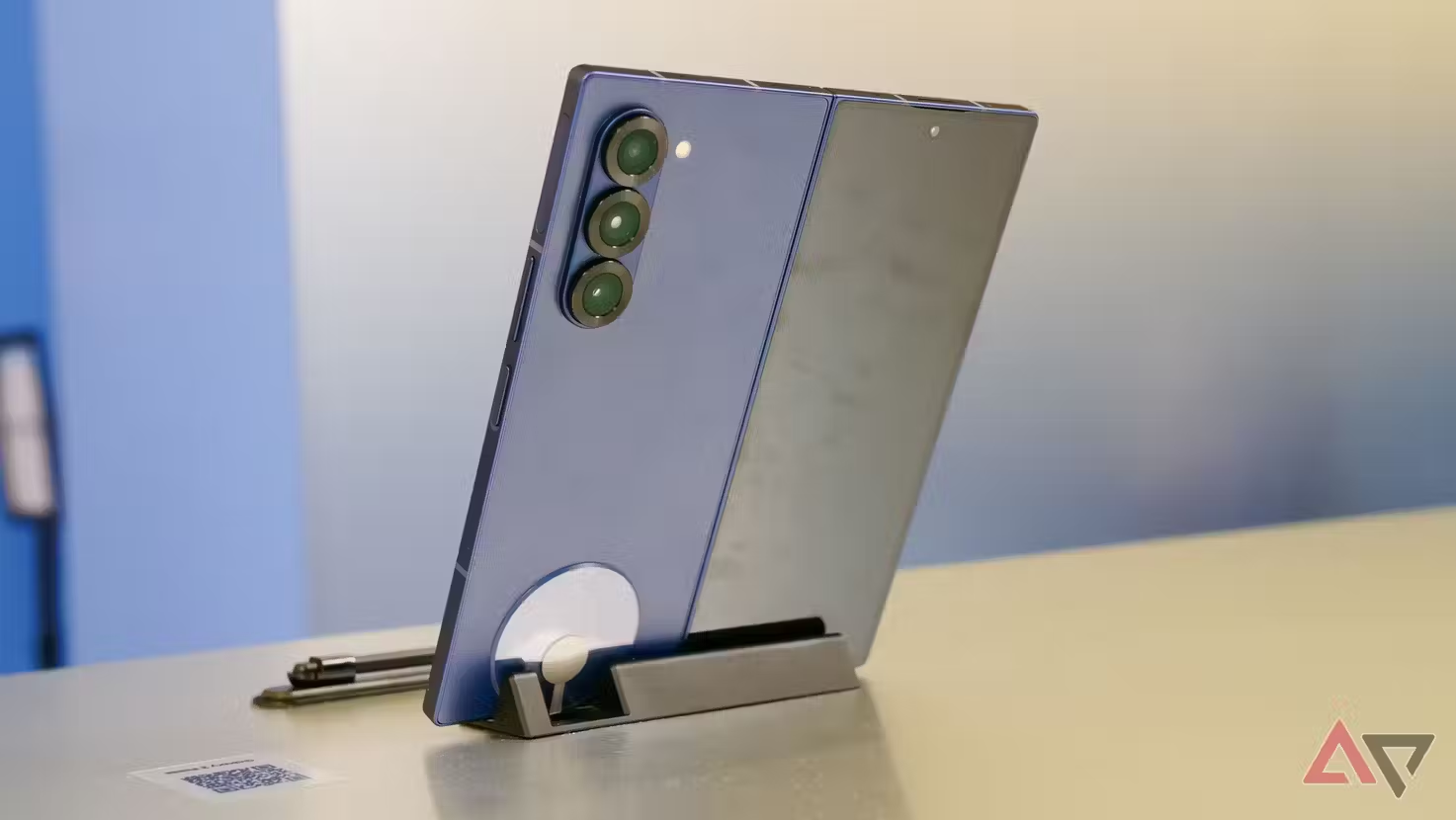Estimated reading time: 2 minutes
Every year different firms like Apple, Samsung, Google and others release new smartphone models. Well, if you are a reader of the latest devices you probably have heard of the term called “Flagship” phones. However, despite such existence of the term in the business world for some time now, what does it encompass?
What Does “Flagship” Refer To?
The term “Flagship” didn’t originally come from the world of technology. Dating back to the 1700s, it referred to the ship that carried the commanding officer in a fleet. Often, this was the largest, fastest, and most heavily armed vessel, leading the others. The name comes from the fact that it flew the admiral’s flag.
- Okpebholo declares death penalty for kidnappers
- Why I can never support Peter Obi for president – Seyi Law
- Amorim on United’s comeback against Lyon: “The sound of Old Trafford was the best I’ve ever heard”
- Ondo gov approves renovation of schools
- Ojulari unveils vision for future-ready NNPC
What Does That Have to Do with Phones?

The Flagship was essentially the biggest and best ship in the fleet—that’s exactly what “flagship” means for phones, too. Sometimes, the flagship term is used for a single device, but it can also be applied to a series of devices. There’s not a hard and fast definition—it’s a metaphor.
For example, someone might call the Galaxy S25 Ultra the “flagship” Samsung phone since it’s the one with the most features. However, you could also look at the bigger picture and refer to any phone in the Galaxy S series as a flagship since they’re more high-end than the Galaxy A series. It just depends on what you’re comparing.
Another example is the iPhone. Unlike Samsung, Apple doesn’t have multiple iPhone product lines—there are just variants of the iPhone 16. So, the iPhone 16 Pro Max is the “flagship” iPhone. It’s the one with the biggest and best features you can get in an iPhone.







